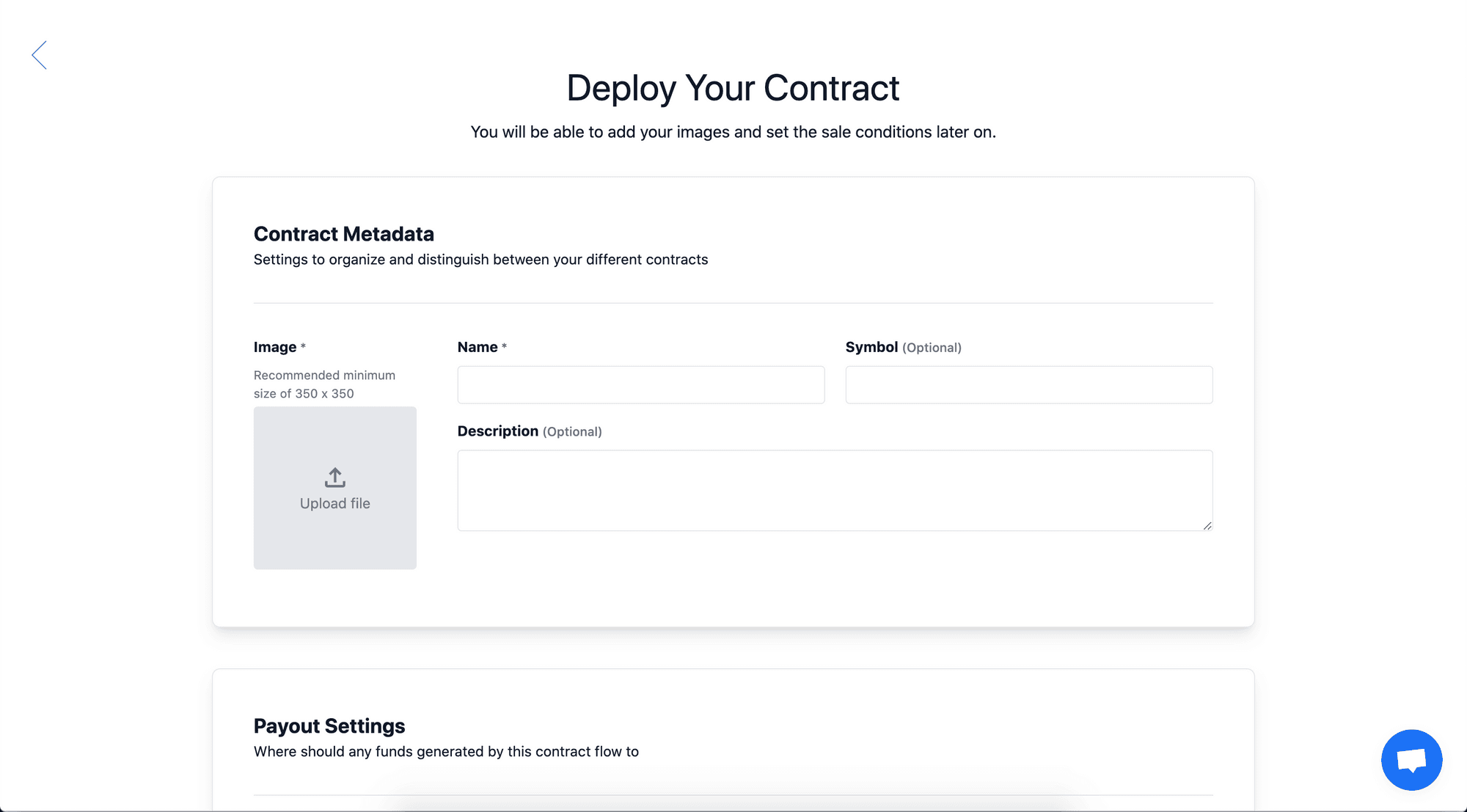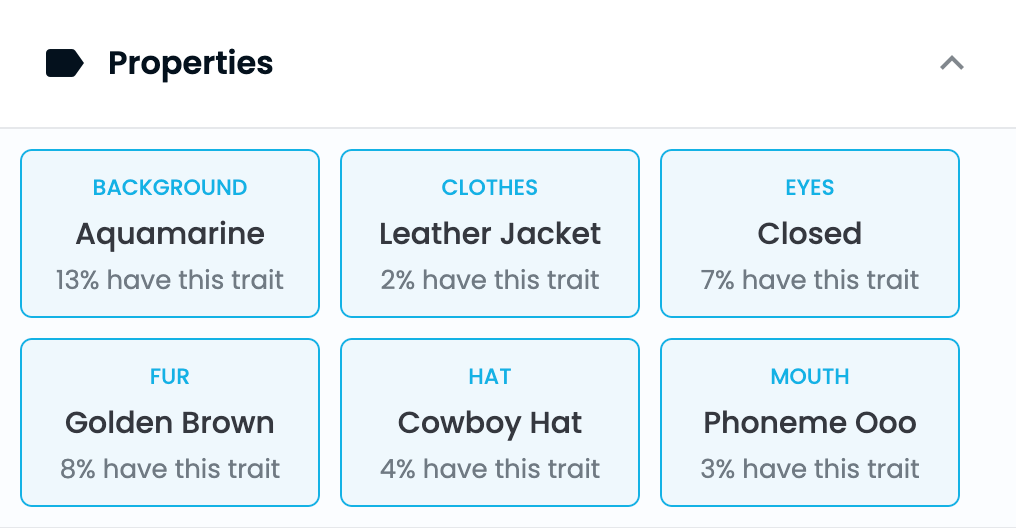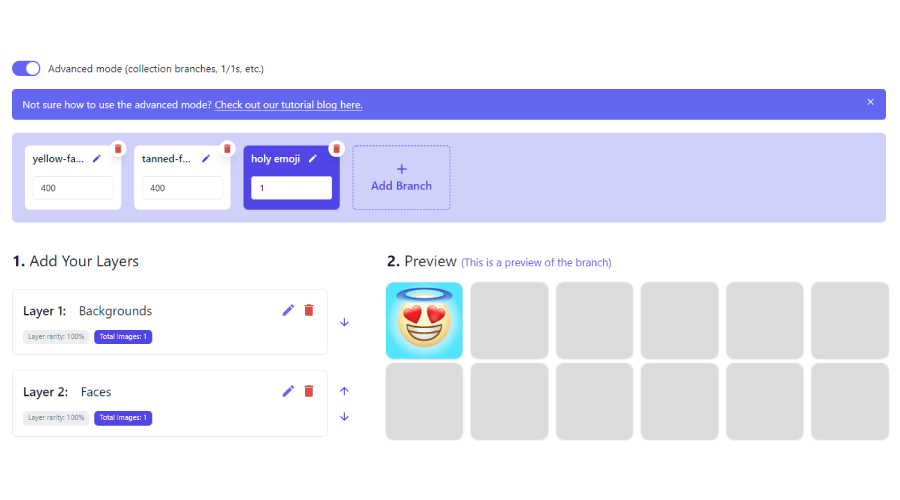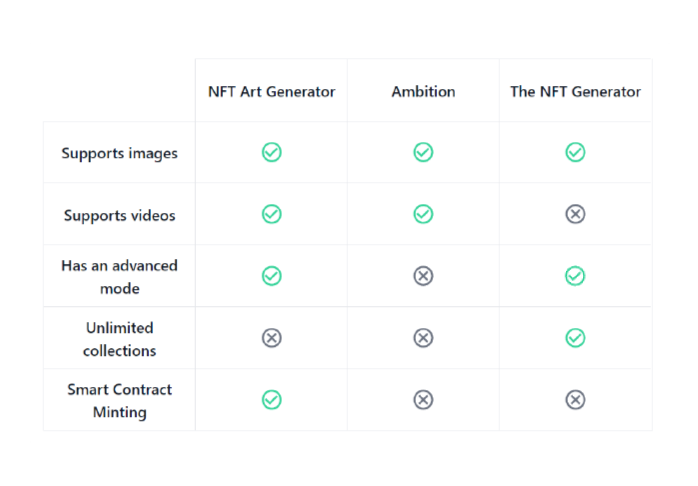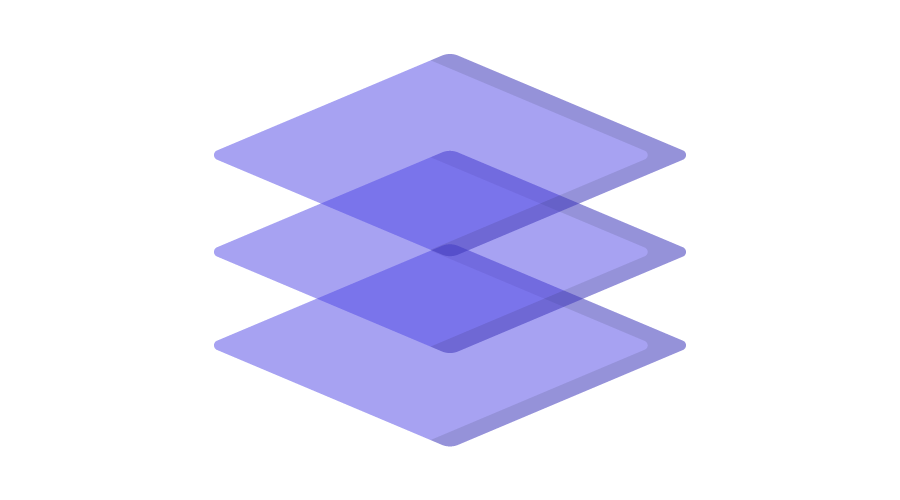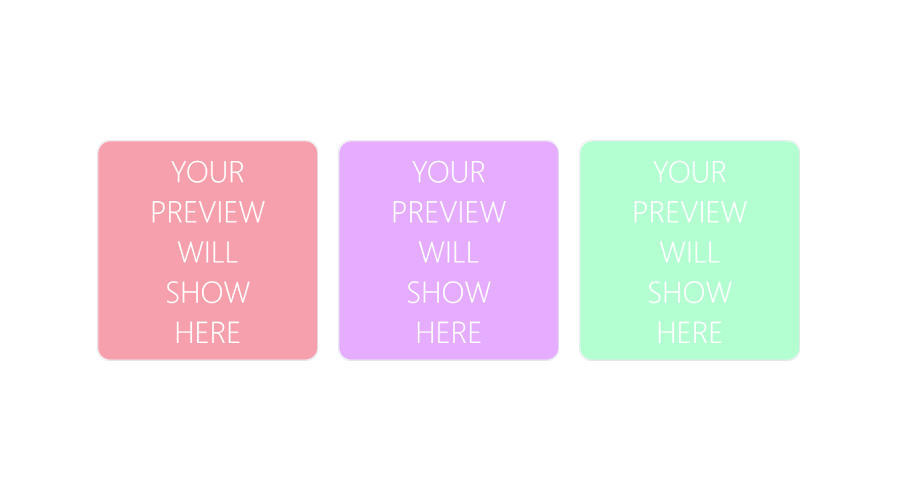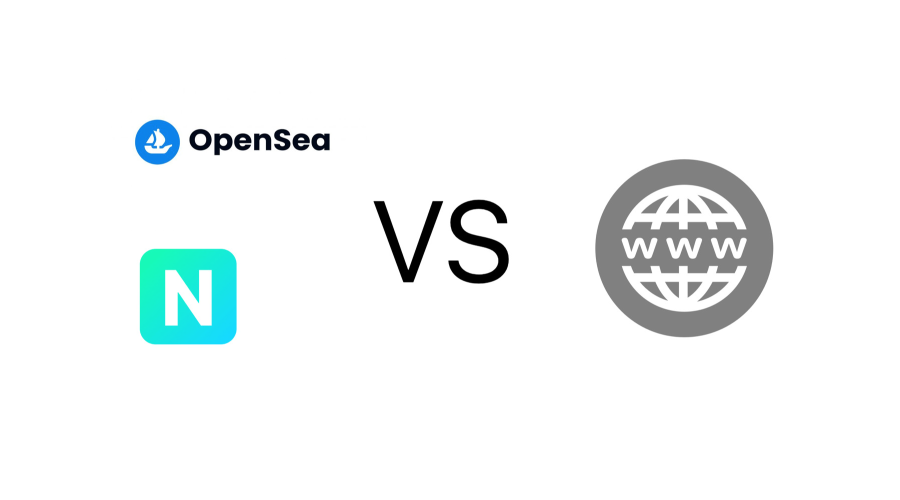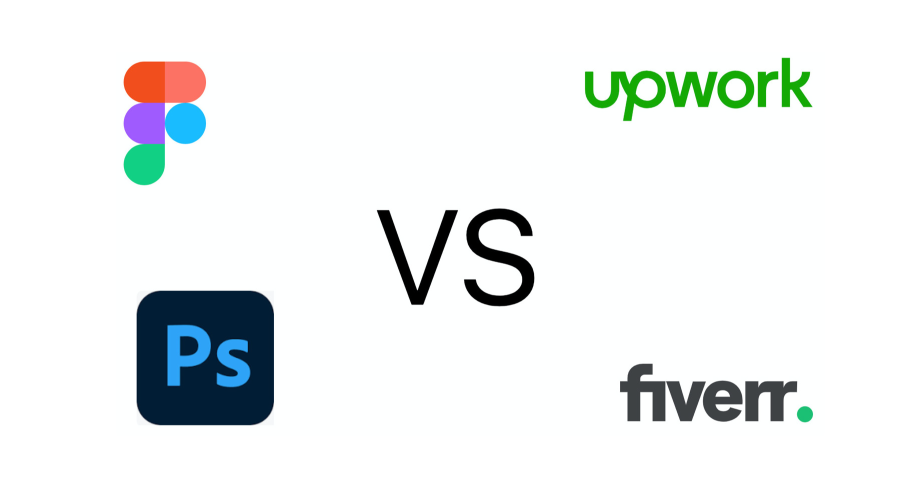Pros and cons of lazy-minted smart contracts
Everyone takes about how cool lazy-minted smart contracts are and how cheap they are, but nobody talks about the elephant in the room: Why my NFTs don’t show up on OpenSea?
Sep 03, 2022
●
10 min read
The Pros
You have probably heard about lazy-minting and how awesome it is so we’re going to start by falling in line and touting all about the pros of lazy-minted NFTs before moving on to the cons.
1. It’s free (for you the project creator)
This is the obvious one and the reason why lazy-minted smart contracts are going for the win.
Lazy minting is touted as free NFT minting. What that means is that you as a project creator won’t have to pay for the minting of the NFTs, so it will be free for you, as a project creator.
But let’s break that down.
What is actually happening is that the NFTs are not being technically minted, meaning they are not yet living on the blockchain. Only once your community clicks on the mint button and mints one of the NFTs is when it will actually get minted.
That is why it is a bit misleading to call lazy minting a way to mint NFTs for free - because they are not really being minted and it is indeed free for you the project creator, but not for your community.
One thing that we have to keep in mind is that everything you do with the blockchain costs money. They reason is that in order to make a change to the blockchain your request for the change needs to be validated by validators, and validators don’t work for free. They spend computer resources to validate the requests that people send. That is why you need to pay gas to write something to the blockchain.
Write means make a modification, an edit, an update, for example: minting NFTs - that is a write operation to the blockchain.
What happens is that your .png files get uploaded somewhere but they are not yet “NFTs”. They become NFTs once they are minted by your community. That’s when the write operation to the blockchain happens because your community (the person that is minting the NFT) is paying gas to mint the NFT.
And that is why it is free for you. Because your community will pay for the gas fees to mint the NFTs. Each person individually that wants to mint will pay for the gas fees to mint the number of NFTs that they desire.
2. It’s good for the environment
A good thing about lazy minting is that it is better for the environment.
I guess you know that NFTs get a bad reputation when it comes to terms of being environmental-friendly. Why?
Well, because to mint an NFT you pay gas.
The reason you pay gas is because someone with big powerful computers needs to validate the transaction to include it on the blockchain.
That someone charges gas to validate the transaction because those big powerful computers spend a lot of energy.
That energy comes mostly from fossil fuels.
And fossil fuels pollute the environment.
Ergo, NFTs are bad for the environment.
With lazy-minted contracts only the NFTs that your community mints are the ones that actually get minted. That’s the moment when the images (.png files) actually become NFTs and start their life on the blockchain.
That means that for collections that don’t get fully sold out (which are a big chunk) the expenditure of energy is not there, because the NFTs never were minted, thus no gas was spent, no validation needed to happen, no big powerful computer had to spend any fuel.
3. You can edit the contract
Another good thing about the smart contracts to create lazy-minted NFTs is that they allow to be changed by you as a project creator in case you change your mind about something before the mint event.
While in a regular NFT smart contract you would have to basically create a new one from scratch with a lazy-minted NFT smart contract you have the option to edit something if you change your mind.
With our NFT generator and no-code minter any edit would cost you around $2 at the time of writing. That can be anything from changing the date of the mint, the number of NFTs that you’re gonna drop on the public sale, or creating a whole new claim phase like a pre-sale or a private sale.
The Cons
Ok, so now that you’ve heard the pros about lazy-minting and all it’s awesomeness let’s take a look at the cons.
1. They don’t show up on OpenSea
Just as we started with the biggest pro, we’re going to start with the biggest con.
Since your NFTs are lazy-minted (meaning they don’t actually live on the blockchain until someone from your community clicks that precious mint button) that means it will not show up on OpenSea until someone does mint it.
If you are planning to host the mint event on a custom website or on our pre-made website that comes with each NFT collection that you make then this is not a problem. Your community will click the mint button, mint your NFTs and each NFT that is minted will start living on the blockchain. Hopefully you’ll sell out in a few minutes and each and every one of your little babies will be off to a fresh new life on the block.
However, for some of you as project creators that are looking to market their collection on OpenSea from day 1 this might be a problem.
Your NFTs will not show up on OpenSea until someone mints them on your custom website or on the premade website that we make for you automatically with your NFT smart contract.
This is so because of the fact that the contract is lazy-minted and as we mentioned previously that means that they do not exist on the blockchain until someone mints each NFT.
Since they are not on the blockchain there is no way for OpenSea (or any other marketplace for that matter) to know that they exist.
OpenSea works like Google in a sense. What they do is scan through the whole blockchain very fast and very efficiently and see what’s new.
If they see that a new collection popped up on the blockchain then they can index it (meaning put it on their database) and show it on their website.
For each collection that they see they then go inside and see which NFTs it has, but if no NFTs are there (because since they are lazy-minted they do not exist yet) then there is no way for them to know or show them on their website.
Once they exist they will notice and at that point the NFT will show up on OpenSea’s website.
This is a consequence of the NFT smart contract being lazy-minted and this is true even when you lazy-mint the NFT through OpenSea.
In that case it will show up on their site because they save the information somewhere else (since you did it with them) but it will not be picked up by any other marketplace such as Rarible or others.
You can even check out this help article by OpenSea themselves saying that lazy-minted NFTs will not show up on other platforms. As we said, it is a consequence of the fact that the smart contract makes lazy-minted NFTs.
2. They don’t show up on any other marketplace until they are minted
As we mentioned before, when the smart contract makes lazy-minting possible that has the drawback that they don’t exist on the blockchain and OpenSea cannot pick them up because they do not exist yet.
It is not only them that have this issue. It is every single marketplace (that includes Rarible, Foundation and any other marketplace).
Nobody will be able to index it because the NFT is not living on the block just yet (until someone clicks the mint button).
3. The rarity scores will be constantly changing until the last one is minted
The last thing that you want to keep in mind if you are lazy-minting your NFT drop is that the rarities of the traits as seen on OpenSea under “Properties” will change as your NFTs are minted.
Here is an example of Bored Ape #3030:
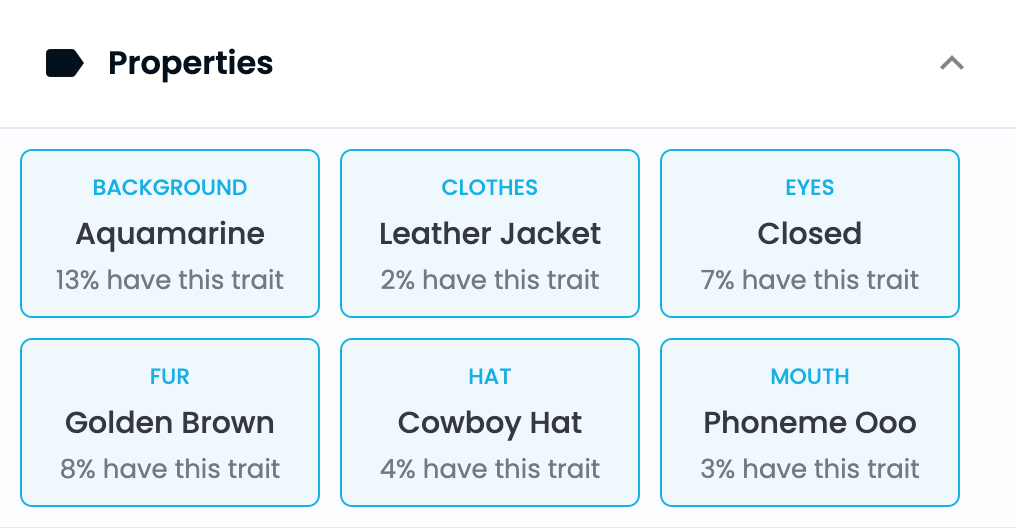
Here is an example of Bored Ape #3030:
You can see that 13% of Bored Apes have an Aquamarine background, and 2% have a leather jacket and so on.
Those percentages are based on the number of minted NFTs. On the Bored Ape Yacht Club collection since all the 10,000 NFTs were minted then the percentages are final.
However, if BAYC would have been lazy-minted and only 4k or 2k of them would have been sold, then the percentages would be computed based on the total of NFTs sold, because after all, those are the ones that would be living on the blockchain if the contract would have been lazy-minted.
All of that to say that the percentages of the traits will change as more and more NFTs of your collection are minted. That also means that the rarity scores and the ranking from the most rare to the more common of your NFTs will also change as more and more NFTs are minted.
They will only stabilize once the last one of your NFTs has been minted. If the last NFT has not been minted they still have the chance to change a little bit.
Lazy-minting is no free lunch
Even with all the amazing advantages of lazy-minted NFT smart contracts it also has its drawbacks. That’s why you should consider whether the features that it provides as a whole (both the pros and the cons) work for your particular case before deciding what to do.


